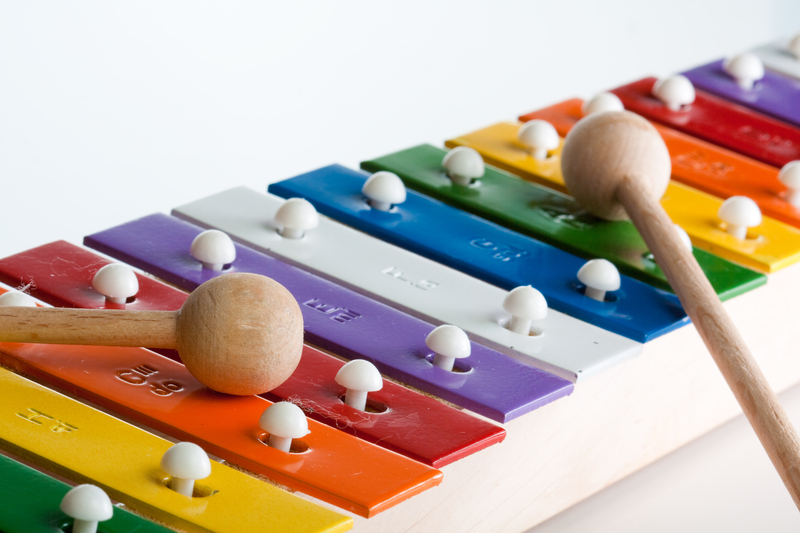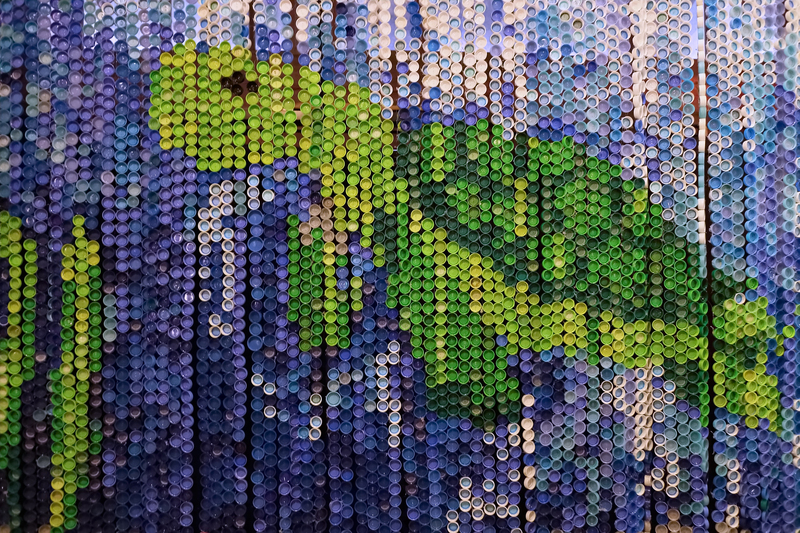Cardboard Disposal Innovations: Towards a Greener Future
Cardboard has become an inevitable part of modern life, especially with the surge in e-commerce and packaging demands. As we unwrap parcels and indulge in online shopping, piles of cardboard boxes accumulate rapidly, posing a critical question: How can we manage cardboard disposal sustainably?
This comprehensive article delves into cardboard disposal innovations that lay the foundation for a greener future. We explore the latest technologies, upcycling methods, community initiatives, and the significant environmental benefits these solutions offer.
The Global Cardboard Waste Challenge
Cardboard and paper packaging constitute a significant portion of municipal solid waste across the globe. In the United States alone, the Environmental Protection Agency (EPA) reported that over 41 million tons of paper and cardboard were generated as waste in 2018, accounting for more than 23% of the national solid waste stream.
As the world gravitates toward online shopping and doorstep deliveries, this number continues to escalate, making effective cardboard waste management more relevant than ever. Mismanaged cardboard contributes to overcrowded landfills and increased carbon footprint, which can adversely impact our environment.
Why Sustainable Cardboard Disposal Matters
- Reduces landfill space: Cardboard decomposes, producing methane--a potent greenhouse gas--in landfills.
- Saves resources: Recycling or reusing cardboard cuts the need for virgin wood pulp, preserving forests.
- Supports circular economy: Innovative disposal and recycling promote material reuse, reducing waste generation.

Modern Innovations in Cardboard Disposal
As the world acknowledges the urgent need for sustainable cardboard disposal, researchers, businesses, and communities are pioneering new methods that minimize environmental impact and create value from waste cardboard.
1. Advanced Cardboard Recycling Technologies
Traditional recycling methods--collecting, sorting, pulping, and reprocessing--are giving way to innovative technologies that enhance efficiency and sustainability.
- High-Efficiency Pulping: Modern pulping machines use less water and energy, processing contaminated or wax-coated cardboards, which were previously unrecyclable.
- Automated Sorting Systems: Artificial intelligence and robotics improve sorting accuracy and speed, reducing contamination and elevating recycling rates.
- Closed-Loop Recycling: Some companies operate closed-loop systems where cardboard collected from customers is recycled into new packaging material, drastically reducing waste.
- On-Site Compacting: Businesses now utilize compactors and shredders that minimize transport emissions by densifying cardboard waste at the source.
2. Upcycling: Giving Cardboard a Second Life
*Upcycling* transforms single-use items into valuable products. Cardboard, with its versatility, is leading the upcycling revolution.
- Furniture and Home Goods: Designers are now crafting chairs, tables, shelves, and even lampshades from layered or reinforced cardboard, showcasing its structural strength.
- Art Installations: Artists worldwide use discarded boxes as a canvas, creating striking sculptures and installations.
- Children's Toys: Creative entrepreneurs turn waste cardboard into eco-friendly building blocks, puzzles, and playhouses.
- Gardening Solutions: Cardboard is increasingly used in sheet mulching, composting, and weed barriers, reducing chemical usage and improving soil quality.
3. Cardboard Composting Innovations
Composting cardboard--particularly uncoated and dye-free variants--has gained popularity as an earth-friendly disposal approach. Innovative commercial and community composting systems now incorporate corrugated cardboard for its high carbon content, balancing nitrogen-rich food waste and producing nutrient-rich compost for agriculture.
4. Biodegradable Additives and Greener Manufacturing
Some manufacturers have introduced biodegradable coatings and glues that are easier to break down or recycle, addressing the challenge of recycling waxed and plastic-lined cardboard.
- Water-Based Coatings: Replace plastic, enabling traditional recycling and composting.
- Starch-Based Adhesives: Facilitate safe breakdown of packaging in industrial composters.
- Edible Packaging: Experimental research explores cardboard food trays made with food-grade materials, minimizing both waste and toxicity.
5. Community and Municipal Initiatives
Local governments and NGOs are leading the way in encouraging residents and businesses to innovate their cardboard disposal methods.
- Cardboard Collection Events: Cities schedule regular pickups and drop-off days for bulky or excess boxes, ensuring higher recycling rates.
- Education Campaigns: Knowledge-sharing about how to break down, clean, and dispose of cardboard correctly makes recycling programs more effective.
- Incentive Programs: Offering residents rewards, rebates, or bonuses for recycling encourages higher participation.
Emerging Technologies Shaping the Future of Cardboard Disposal
As society moves toward a circular economy, the role of technology in revolutionizing cardboard recycling and utilization cannot be understated. Let's explore breakthrough advancements making headlines:
Artificial Intelligence in Waste Management
AI-driven waste sorting plants deploy smart sensors and machine learning algorithms to identify, separate, and process cardboard with remarkable precision. This reduces contamination and greatly increases the value of recycled materials.
Enzyme-Based Cardboard Degradation
Scientists are experimenting with tailored enzymes capable of breaking down cardboard fibers quickly and efficiently, even in contaminated or food-soiled packaging. This innovation could lead to faster composting and recycling processes with minimal energy input.
Blockchain for Cardboard Traceability
Blockchain applications allow for tracking the lifecycle of cardboard products from production to end-of-life. Consumers and companies can verify whether their packaging enters the recycling stream or ends up in landfills, enhancing supply chain accountability.
Benefits of Cardboard Disposal Innovation
Forging a greener future through cardboard disposal innovation yields a multitude of environmental, economic, and societal benefits:
- Conservation of Resources: Recycling and upcycling reduce the need for new raw materials, saving trees and water.
- Lower Greenhouse Gas Emissions: Waste reduction, efficient processing, and methane prevention all contribute to a healthier climate.
- Job Creation: New recycling plants, upcycling businesses, and educational campaigns create sustainable employment opportunities.
- Reduced Pollution: Less cardboard in landfills equates to less leachate and methane production.
- Community Engagement: Participatory recycling and composting foster community pride and environmental stewardship.
How Individuals and Businesses Can Support a Greener Future
Everyone has a role to play in supporting cardboard recycling innovations. Here are some actionable steps:
For Individuals:
- Break Down Boxes: Flatten cardboard before recycling to save space and improve sorting.
- Remove Contaminants: Ensure boxes are free from food, oil, or plastic.
- Participate in Local Programs: Take advantage of curbside collection or community recycling events.
- Support Upcycled Products: Choose furniture, decor, and other items made from recycled cardboard.
- Educate Others: Share best practices with neighbors and friends.
For Businesses:
- Opt for Sustainable Packaging: Choose recycled or easily recyclable cardboard for product shipping.
- Set Up On-Site Recycling: Install cardboard balers or compactors to manage waste effectively at source.
- Engage Employees: Organize training or sustainability challenges to boost participation.
- Partner with Innovators: Collaborate with recycling firms that employ advanced sorting and processing technologies.
- Assess Supply Chains: Use traceability tools to ensure responsible disposal and recycling of packaging materials.

The Road Ahead: Opportunities and Challenges
While cardboard disposal innovations present many opportunities, challenges remain. Contamination, mixed-material packaging, and inadequate recycling infrastructure can hamper progress. However, ongoing investment in research, policy support, and public engagement promises a greener tomorrow.
Success Stories: Leading By Example
- Retail Giants: Companies like IKEA and Walmart are investing in closed-loop cardboard recycling, minimizing waste at every stage.
- Smart Cities: Municipalities such as San Francisco implement zero-waste programs focused on cardboard and other recyclables.
- Startups and Innovators: Emerging brands convert cardboard into sustainable furniture, insulation, and building materials.
Conclusion: Embracing Innovation for Cardboard Disposal
The journey toward a greener, cleaner planet owes much to the way we handle cardboard waste. Cardboard disposal innovations--from advanced recycling and upcycling to inclusive community initiatives--offer hope for future generations.
By leveraging technology, supporting sustainable practices, and fostering a culture of responsibility, we can ensure that cardboard, once destined for landfills, becomes a cornerstone of the circular economy. The call to action is clear: let's continue to innovate, educate, and collaborate for a greener future through smarter cardboard disposal.
Every box recycled, upcycled, or composted is a step towards environmental sustainability and a vision of a better world.
```